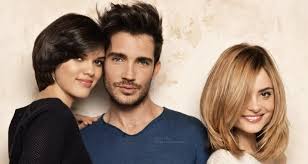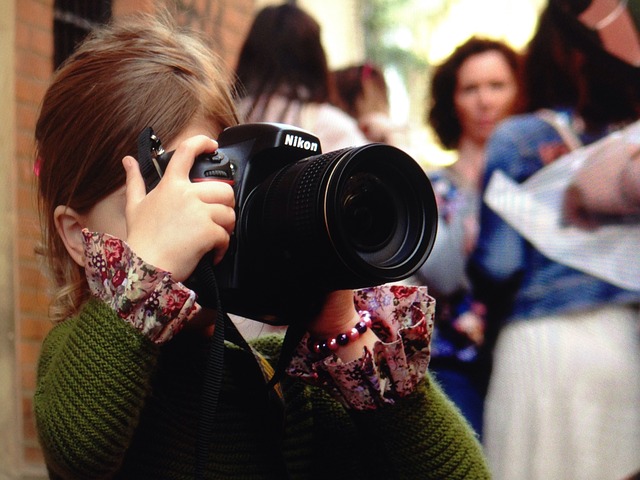
Keeping up with a dynamic beauty industry can be tough, though, as new hairstyles emerge every year. We often look to celebrities to set new trends, while some hairstyles are without a doubt stylish and attractive, others make us gasp at the motivations behind people embracing them. Take a trip back in history to see how our predecessors fared with hair trends.

Hair fashions in the 1960s
Many styles and trends were featured during this period as social changes dominated. Social movements, music, work culture, and the independent cinema were instrumental in shaping hairstyles as most women reveled in new hair trends.
Flick-ups, beehives, and short geometric cuts came into fashion, while Afro styles also became popular as the civil rights movement developed.
Men tended to wear curly, short haircuts in these years, and even as short hair was trending, so was the casually untidy look. Crew cuts and buzz cuts remained popular during the 1960s as throwbacks to earlier decades.
1970s Experimentation
Women in the 70s wore varied hairstyles. These styles could be short or long, feminine, edgy, or androgynous. Just like in the previous decades, film stars shaped the hairstyles of the 1970s. Liza Minelli introduced the short, feathered cut, while Jane Fonda was the inspiration behind the rise in popularity of the shaggy hairstyle.
Bob Marley inspired both men and women to wear dreadlocks during this decade and men also began getting their hair permed. More men adopted sideburns, ponytails, and Afros in the 70s, inspired by celebrities of the time.

1980s Curls and mullets
People born in the 1980s fell in love with Jheri curls. This hairstyle is distinguishable by its glossy look and treated curls, which are also easy but tedious to maintain—needing daily moisturizer and curl activators.
People took a liking to the Mullet in the early 1980s, this style proving to be a firm favorite of the time. Now the butt of many jokes, the Mullet style was popularized by combining short and long hair. Short at the sides and front, and long hair at the back gave this trending haircut its distinctive features.
1990s Multiculturalism
The 90s was the age of materialism. Cable TV and the Internet emerged, leading to the development of multiculturalism. Movements such as hip hop began as the rave scene dominated the entertainment industry.
The pixie was an everyday hairstyle among women at this time, especially after Winona Ryder debuted this cut, making it an instant hit. This style outlived the decade as celebrities such as Halle Berry revived its popularity in the early 2000s. The Rachel style, mini-buns, and the flopped-out bob also emerged in this period.

Boldness defined the styles that men wore in the 1990s. Spiky, super-gelled cuts became the ‘in thing’. Hip hop culture inspired the emergence of cornrow braids and men started wearing tram lines and slicked back hairstyles during these years.
2000 – 2010
The new millennium heralded more diversity as the world became increasingly connected through technology. Fashion was redefined and more hairstyles emerged.
Celebrities were quick to wear new styles such as Faux Hawks. David Beckham was another avid fan of this style and inspired men to follow his example.
The Emo hairstyle became a hit, too, appearing around 2007. Members of famous bands such as Linkin Park, D.R.U.G.S., and Fort Minor adopted this style. Long shaggy layers of hair characterized this cut with some people making sure that long locks covered one eye, adding an extra element of “cool” to their looks.
2011 – 2020
The last decade has been characterized by the emergence of new hairstyles such as the Ombre. This hairstyle derives its name from the French word “ombre,” which means shadow. Lauren Conrad wore this style in 2011, leading to a rise in its popularity. Beyonce escalated the ombre’s attractiveness when she wore it in 2014.
It has also been a period of comebacks. For example, the heartthrob cut was famous in the ’90s, but made an unexpected comeback in 2018.
Johnny Depp and Leonardo DiCaprio both sported this hairstyle in the ’90s. Influential artists such as Zayn Malik and Shawn Mendes continued this tradition more recently, giving new life to a hairstyle that had almost been forgotten.
